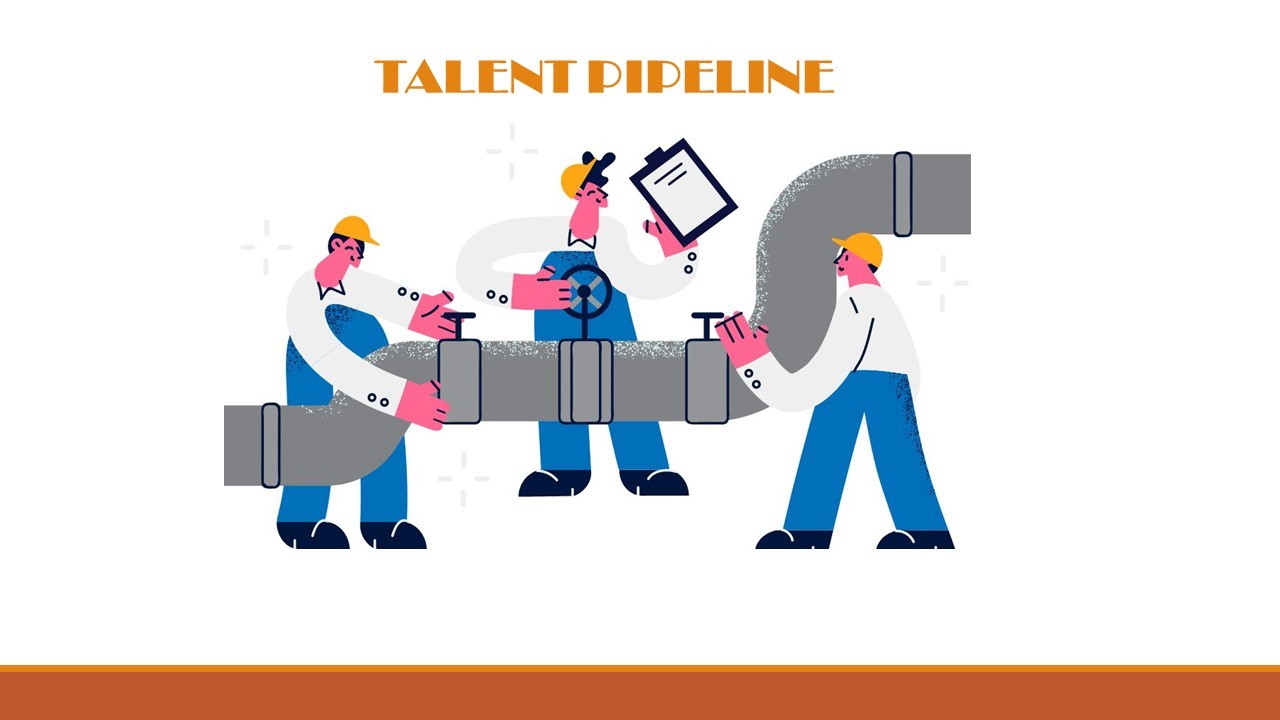In 2025, hiring isn’t just about filling open roles — it’s about building systems that work before you even need them. Recruitment today is less reactive and more strategic. Instead of scrambling to hire when a vacancy opens up, smart teams are investing in talent pipelines — pre-qualified pools of potential candidates ready to engage when the timing is right. But what does an effective talent pipeline actually look like in 2025?
Let’s break it down.
🔍 What Is a Talent Pipeline?
A talent pipeline is an employer’s proactive recruitment approach where one identifies, engages, and nurtures relationships with possible candidates – long before a role actually opens up.
Think of it as building a “candidate bench”: future talent that’s already warmed up to your brand, understands your values, and is one message away from applying.
✅ Why You Need One (Especially in 2025)
- Talent is mobile. Top talent is only on the market for a short window of time — if you’re not quick, you’re out.
- Hiring is competitive. Waiting until you need someone usually means settling.
- Recruitment is a brand game. Creating awareness early pays off when you’re poised to hire.
How to Build a Pipeline That Actually Works
1. Define Your Future Hiring Needs
Start by forecasting what roles you’ll likely need in the next 6–12 months. Work with hiring managers to map out skill gaps and growth areas.
2. Identify the Right Channels
Where do your ideal candidates hang out? It might not be LinkedIn. Explore niche job boards, Slack communities, GitHub, Behance, or university networks depending on the role.
3. Focus on Passive Talent
Most top-notch candidates aren’t actively searching. Leverage sourcing tools, employee referrals, and outreach campaigns to get passive talent on board early.
4. Build Value Before a Role Exists
Get candidates engaged with useful content — consider industry intel, event invitations, or glimpses into your culture. Don’t sell the job; build the relationship.
5. Tag, Track, and Segment
Use your CRM or ATS to role-segment, skill-segment, and interest-level-segment. You should be able to exactly know who’s ready, who should be nurtured, and who’s not active anymore.
6. Have Regular (But Relevant) Touchpoints
Keep the dialogue going with the occasional update, newsletter, or check-in. Just don’t spam. Make every message matter.
🔄 Talent Pipelines Are Living Systems
An amazing pipeline isn’t a spreadsheet or a single campaign. It’s a living thing — and like any worthwhile relationship, it needs love, strategy, and consistency.
Looking to create a pipeline that holds up under pressure?
Fomogo enables teams to get ahead with AI-driven solutions that match, connect, and follow talent — even before day one.




